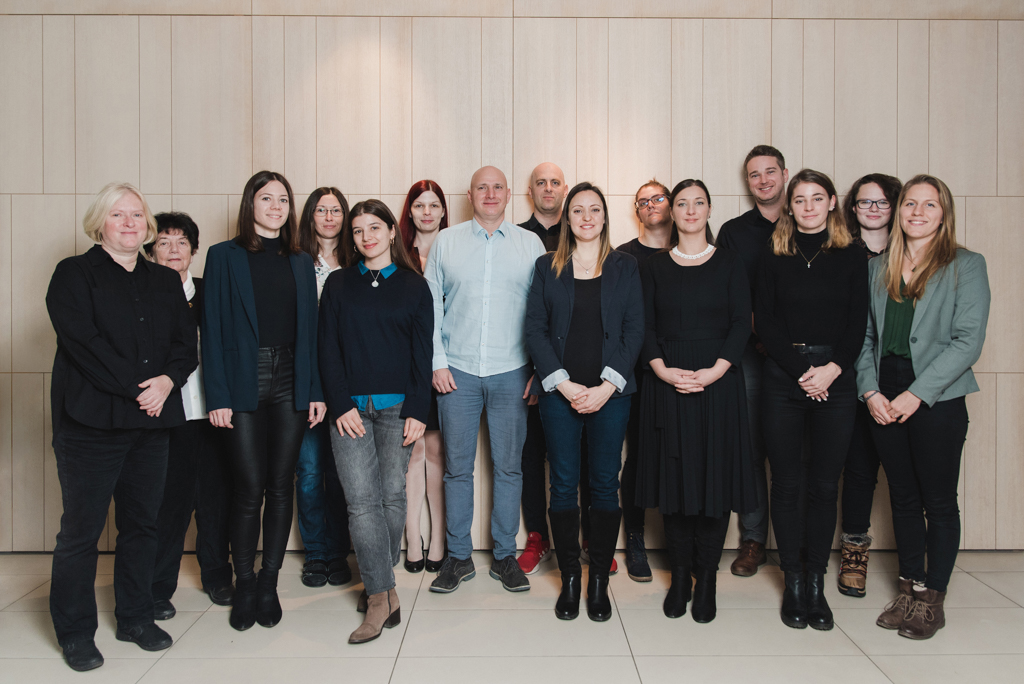In vivo methods
We have established and developed several state-of-the-art approaches aiming to investigate the mechanisms of inflammatory processes and microglia-mediated effects in the brain.
To visualize these processes at high spatial and temporal resolution in real time, we used in vivo two-photon imaging for monitoring neuronal and microglial calcium responses or microglial interactions with neurons, astrocytes and blood vessels under physiological conditions and after brain injury. Visualization of cells and their activity changes was performed by cell-specific labelling, biosensors, AAV-mediated transfer of genetically encoded calcium indicators, mouse lines expressing neuronal- or microglial reporter proteins or calcium indicators, and by using in utero electroporation to express reporter proteins in neurons or in neuronal mitochondria.
We have used and developed different pharmacological and genetic approaches for targeted manipulation of microglia including blockade of microglial P2Y12 receptors by PSB-0739 injected into the cisterna magna; microglia depletion by CSF1R blockade; or deletion of key microglial receptors such as CX3CR1 or P2Y12; to alter microglial function and their interactions with other cells. We also developed a novel mouse model allowing selective chemogenetic targeting of microglia (MicroDREADDDq mice).
The effects of microglia manipulation on neuronal responses and fate have been studied under physiological conditions and after different forms of brain injury such as experimental stroke, cerebral hypoperfusion, brain trauma, neuronal hyperactivity or neurotropic virus infection. We have studied the effects of microglia manipulation or actions of inflammatory mediators on changes of cerebral blood flow (CBF), as assessed by laser speckle contrast imaging, laser Doppler flowmetry, and in vivo two-photon imaging. SPECT, MR and PET imaging have also been used to study BBB function, inflammation and metabolism in the brain after experimental stroke and/or systemic inflammation.






